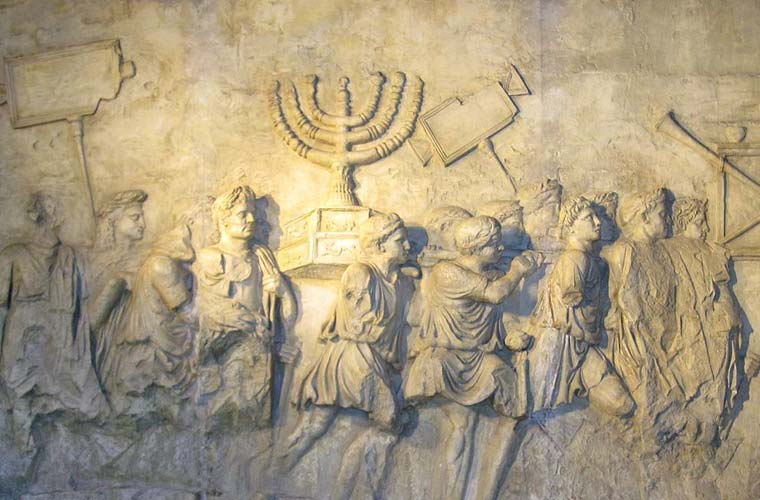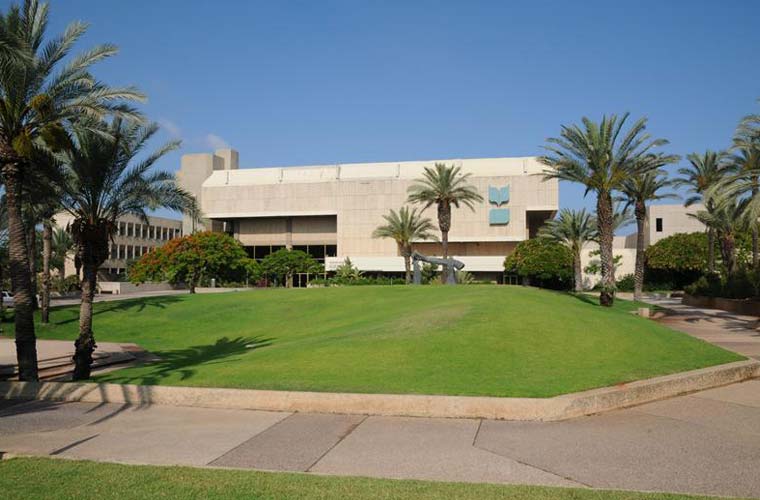Beit Hatfutsot – The Museum of the Jewish People
Hadassah Levy 24/03/2015
The new Jewish Museum
The newly renovated Beit Hatfutsot (Diaspora Museum) has been renamed The Museum of the Jewish People to reflect its new mission as the place to learn about Jewish history from ancient to contemporary. The museum aims to strengthen Jewish identity and perpetuate Jewish heritage around the world. To accomplish this, the museum has been modernized to be more inclusive of Jewish diversity and more interactive and fun for adults and children.
The Core Exhibition is divided into six sections which explore the story of Jewish continuity throughout the ages. The family section is devoted to the Jewish lifecycle and the diversity of contemporary Jewry. A slideshow of families from all over the world shows how different Jewish communities are but also how much they all have in common. The communal section depicts the structure of communities during different periods, including a model of a thirteenth century community.
Found Tel Aviv interesting? Check out Dan Panorama Hotel in Tel aviv – a walk from the beach
Persecution is unfortunately a big part of Jewish history, and the memorial section is devoted to this aspect of the experience. The faith section contains some of the museum’s famous synagogue models. These models are being gradually moved over to a new Synagogue Hall, to be opened during 2015. Jewish thought, languages and art are all given a place of honor in the culture section, which emphasizes the contributions of Jews to civilization in general.
A section named “Among the Nations” leads visitors through the story of interactions between Jews in the Diaspora and their host countries. The struggle for civil rights and yearning to return to Israel are focuses of this section. The Core Exhibition ends with the story of Zionism and the return to Zion which led to the establishment of the State of Israel.
Temporary changing exhbitions
As well as the permanent displays, The Museum of the Jewish People is also home to temporary exhibits which open a window into specific subjects. Currently, visitors can learn about the life of Amy Winehouse, the Jews of London in the nineteenth century, Jewish fashion designers, Jewish art based on superstition and volunteer soldiers from abroad in the War of Independence. Check the listings on the museum’s website to stay informed about which exhibits will be available during your visit.
If you’re wondering about certain aspects of your family’s history, take advantage of the extensive databases at the museum. For the past thirty years, the museum has collected information about photography, genealogy, films, Jewish music, communities, the meaning of Jewish family names, personalities, and terms in Jewish peoplehood. Look up your family’s last name to find out what it means and whether you had any famous relatives or ancestors. You can also send in a search request ahead of time for a small fee to be contacted directly by a representative of the museum.
Museum details and how to get?
If you’re coming to Israel without children, you can also enjoy the lectures and concerts which the museum holds in conjunction with some of its exhibits.
The museum is located on the campus of Tel Aviv University and is open daily except Saturdays and Jewish holidays. Closing time on Fridays is at 1 pm. For an additional price you can order a guided tour geared toward your family or group. The tours are available in English, French, German, Hungarian, Italian, Polish, Portuguese, Russian, Yiddish and Spanish.
The Museum of the Jewish People is an excellent overview of the story of the Jews. If you can, make it one of the first stops on your itinerary as it will provide you with a framework for everything else you see in Israel.


